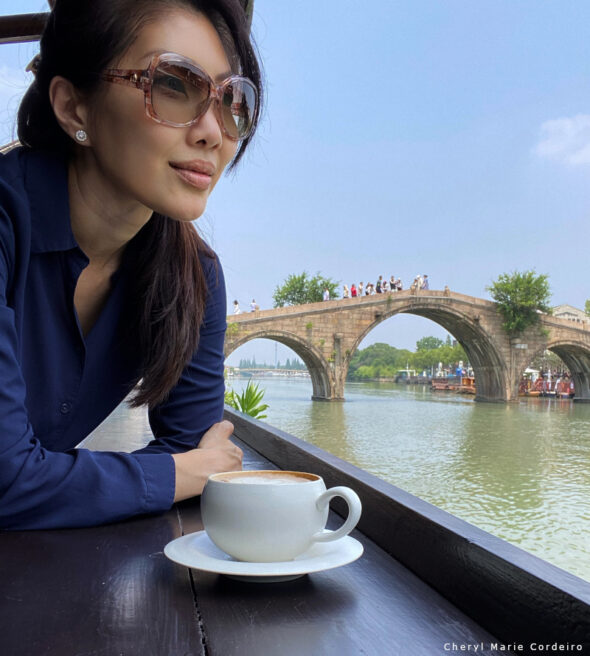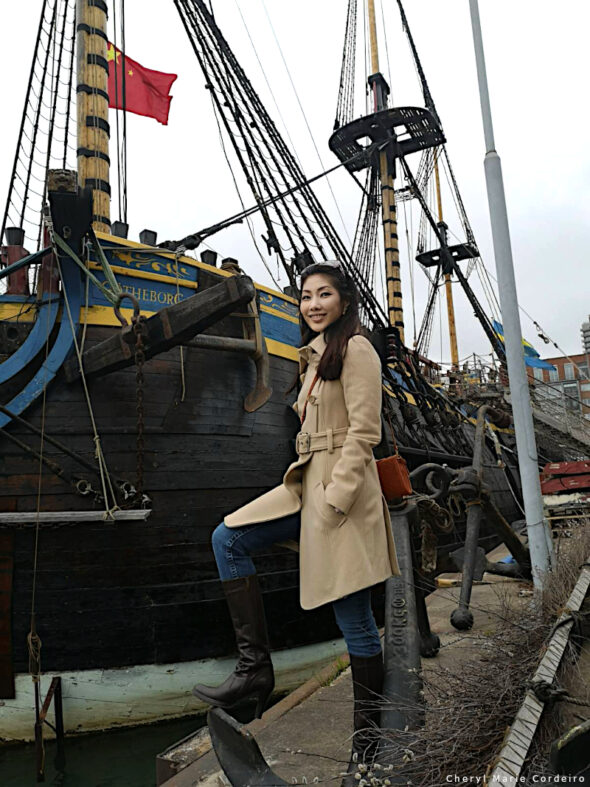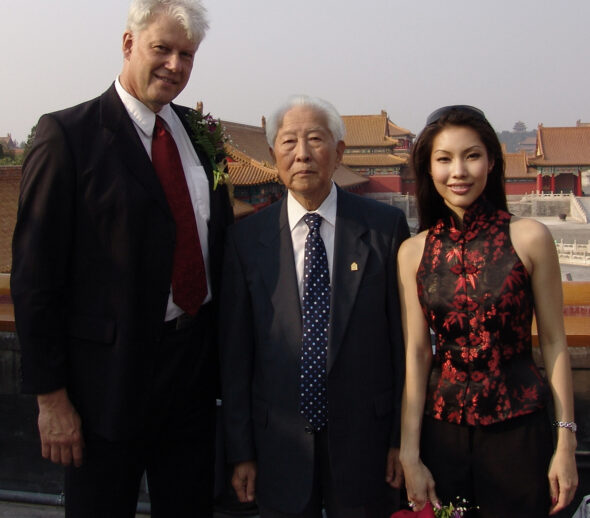
Text and Photo © 2026 JE Nilsson, CM Cordeiro
They say the best way to see Shanghai is to leave it, if only for an afternoon. Not for another skyline, but for a place where time is measured by the quiet push of a boat pole and the patient repetition of hands at work. In October 2025, I took the easy one-hour trip out to Zhujiajiao and found it wasn’t a postcard version of the past. It was a living town, layered, textured, and gently awake beneath willows that moved with the breeze.
A watercolour sky
Zhujiajiao in autumn doesn’t need dramatic sunshine to feel beautiful. That day, the sky was more like a thin wash of watercolour, soft and overcast, with swirls of cloud-white. The humidity of summer had lifted, replaced by air that felt clean and light on the skin. The canals held a calm green, the willows stayed green too, and the whole town seemed to lean into a quieter palette.
Continue reading “Where Shanghai Slows Down: Zhujiajiao in Autumn”








